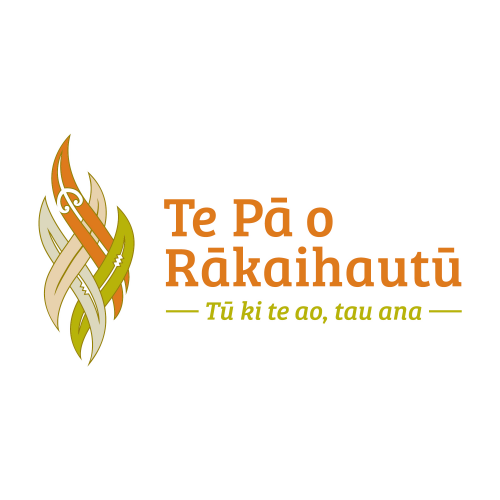
Maramataka
Just like the moon I go through phases…
Ka moe a Tangotango ki a Wainui ka puta ki waho Te Rā (the sun) Te Marama (the moon) Ngā whetū (the stars) Hinatore (phospohorescence)
Instead of following the movement of the sun throughout the year, iwi communities in history noted the movements of the moon over a typical month and year.
The Maramataka, which literally means ‘the moon turning,’ is the Māori lunar calendar, and is the traditional Māori way by which time was marked.
Our tūpuna were keen observers of their taiao they needed it to survive.
Close connects to our Atua/Matua were formed with both a mutual respect and kaitiakitanga.
The regular changes in the taiao moving with a natural cycle - whetū (stars), Moana (sea) tides, fish, whenua (land, birds, fruiting of trees and productions of seeds form the Maramataka.
These cycles of nature guided different activities of fishing, planting and social activities. For most iwi the lunar months began with the new moon, Whiro, but for some the full moon, Rākaunui.
The start of each month was aligned to the morning stars. The maramataka names are similar for most tribes, but the order may vary from iwi to iwi.
The most important function of the Māori lunar calendar was to regulate planting and harvesting, fishing and hunting. The four seasons − raumati (summer), ngahuru (autumn), kōanga (spring) and takurua (winter) − called forth a series of activities to do with procuring food.
These tended to vary among tribes, depending on where they lived, local climate, and the availability of edible plants, birds and seafood. Depending on the moon, certain days brought better fishing, eeling, planting or harvesting and others days brought the possibility of the unexpected.
Last term brought about opportunities to attend a course on the Maramataka something I had no clue about and how to implement this knowledge in a modern context within the workplace.
"We in Waimarie began slowly as kaiārahi we often discussed our moods, productivity and energy levels and that of our pononga.
Our pononga then began to learn the names of the moons and to begin to be more aware of our marama."
We were hearing stories of our pononga waking up to see the moon, taking photos of the moon and recognising phases of the moon. Some were even talking about what type of moon the DreamWorks logo was, or what type of moon was in Toy Story.
We are now beginning to talk about energy levels and what atua/matua are connected to what phases and what activities. What will be present so we can plan ahead for certain events.
Our pononga quickly scanned Maramataka searching for their birthdays or if they had already been what they had done on that day and how they felt.
Moving on to this Friday one pononga yells out
“oooosh its around Rākaunui we are going to be mean as at Winter Sport”.
Scanning ahead our day we are due to perform at Manu Kuratahi which falls on Tamatea moons which are typically lower in energy. One pononga says “oh we might be tired if its Tamatea can we change the day?”, someone else interjects and says “nah we might need to go to sleep earlier or just chill more Netflix” another pononga with a cheeky grin “can we have some V drinks Hākui” the whole class laughs.
Gallery

